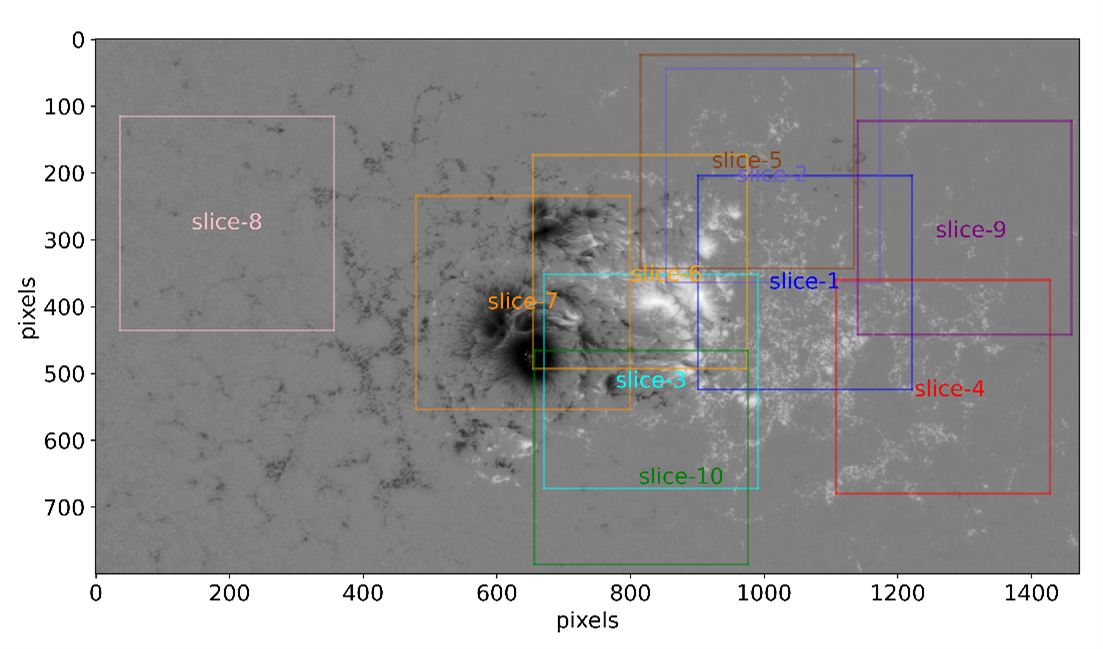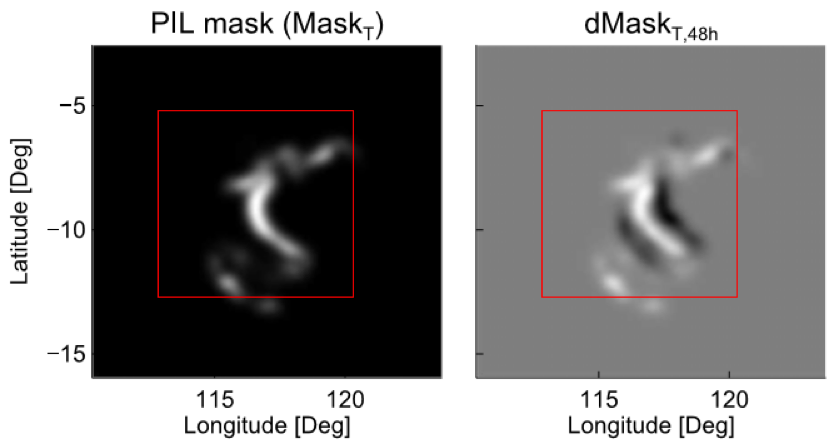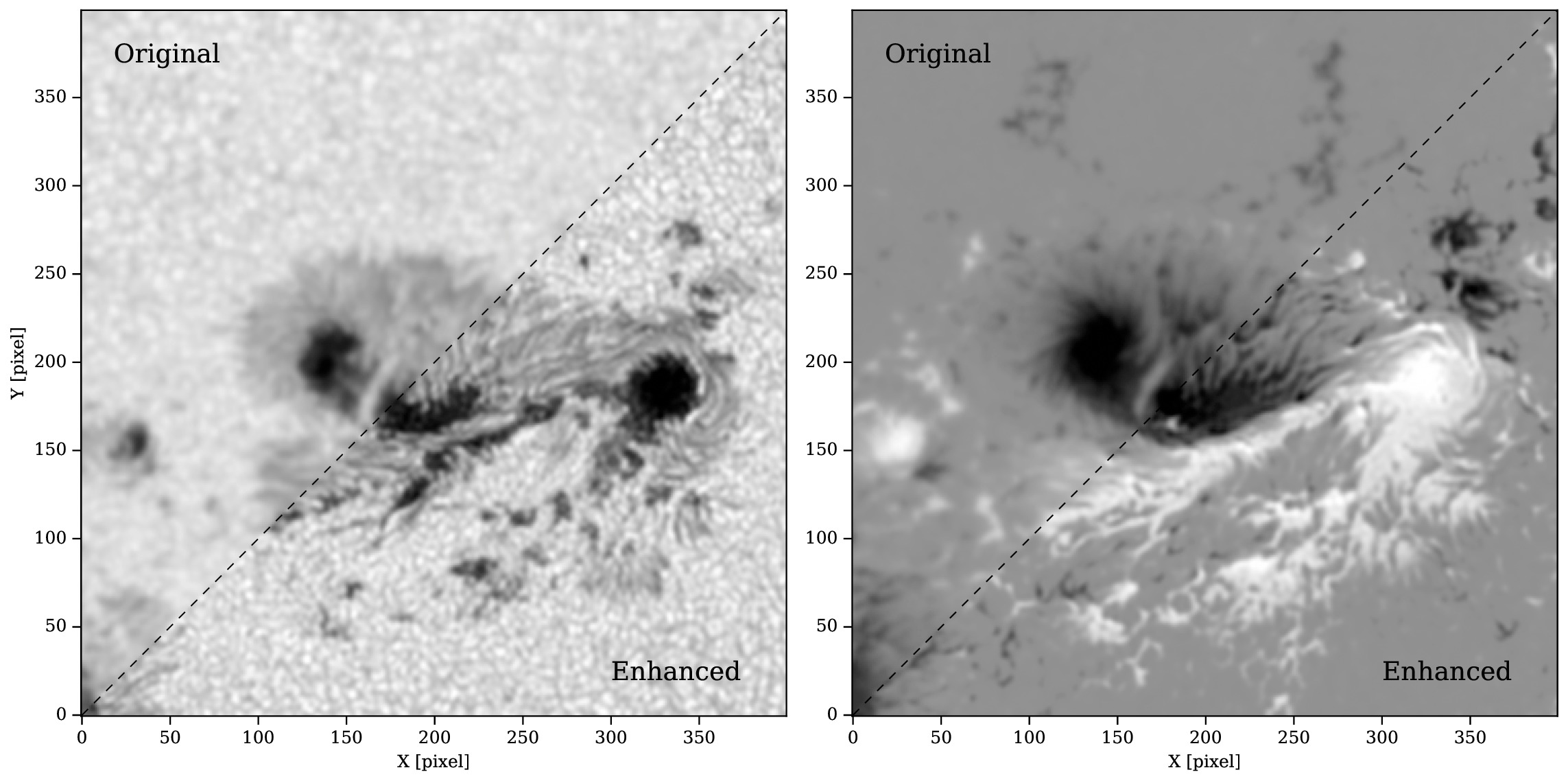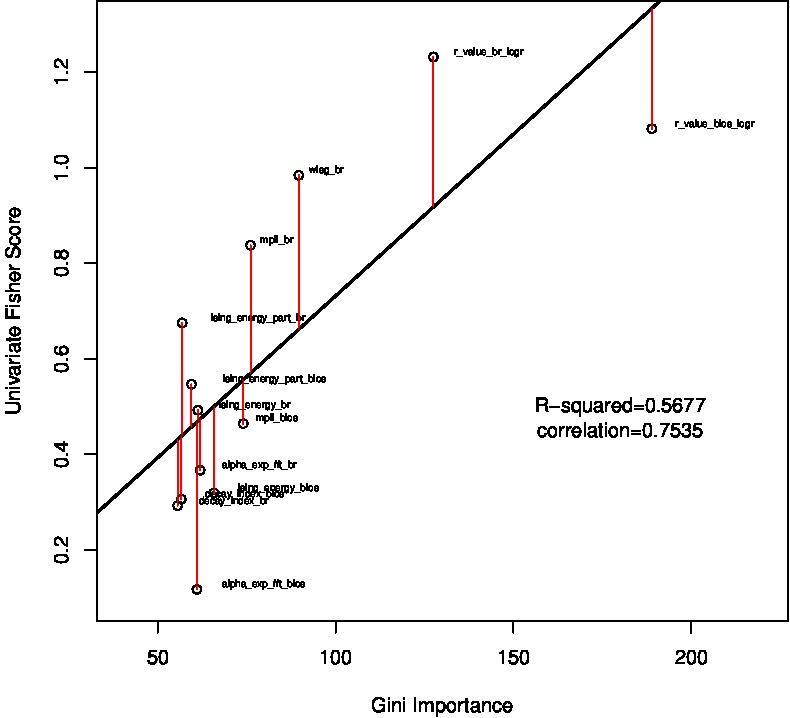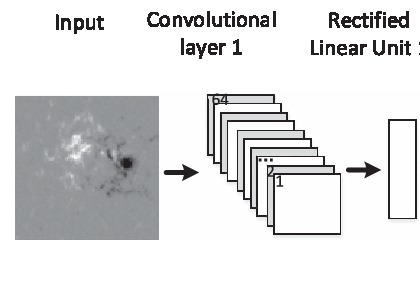Tag Archives: machine learning
160. Performance of solar far-side active regions neural detection
156. Fast and Accurate Emulation of the SDO/HMI Stokes Inversion with Uncertainty Quantification
140. Solar Flare Predictive Features Derived from Polarity Inversion Line Masks in Active Regions Using an Unsupervised Machine Learning Algorithm
125. Solar Farside Magnetograms from Deep Learning Analysis of STEREO/EUVI Data
103. Enhancing SDO/HMI Images Using Deep Learning
95. Forecasting Solar Flares Using Magnetogram-Based Predictors and Machine Learning
94. Deep Learning Based Solar Flare Forecasting Model: Results for Line-of-Sight Magnetograms
25. Solar Flare Forecasting Using HMI Vector Magnetic Field Data with a Support Vector Machine Algorithm
We attempt to forecast M- and X-class solar flares using a support vector machine algorithm and 4 years of HMI vector magnetic field data. With the true skill statistic as the preferred metric to estimate the algorithm performances, we obtain good predictive abilities. This may be partly due to fine-tuning the algorithm for this purpose, and to a choice of 13 SHARP parameters obtained from vector magnetograms.

